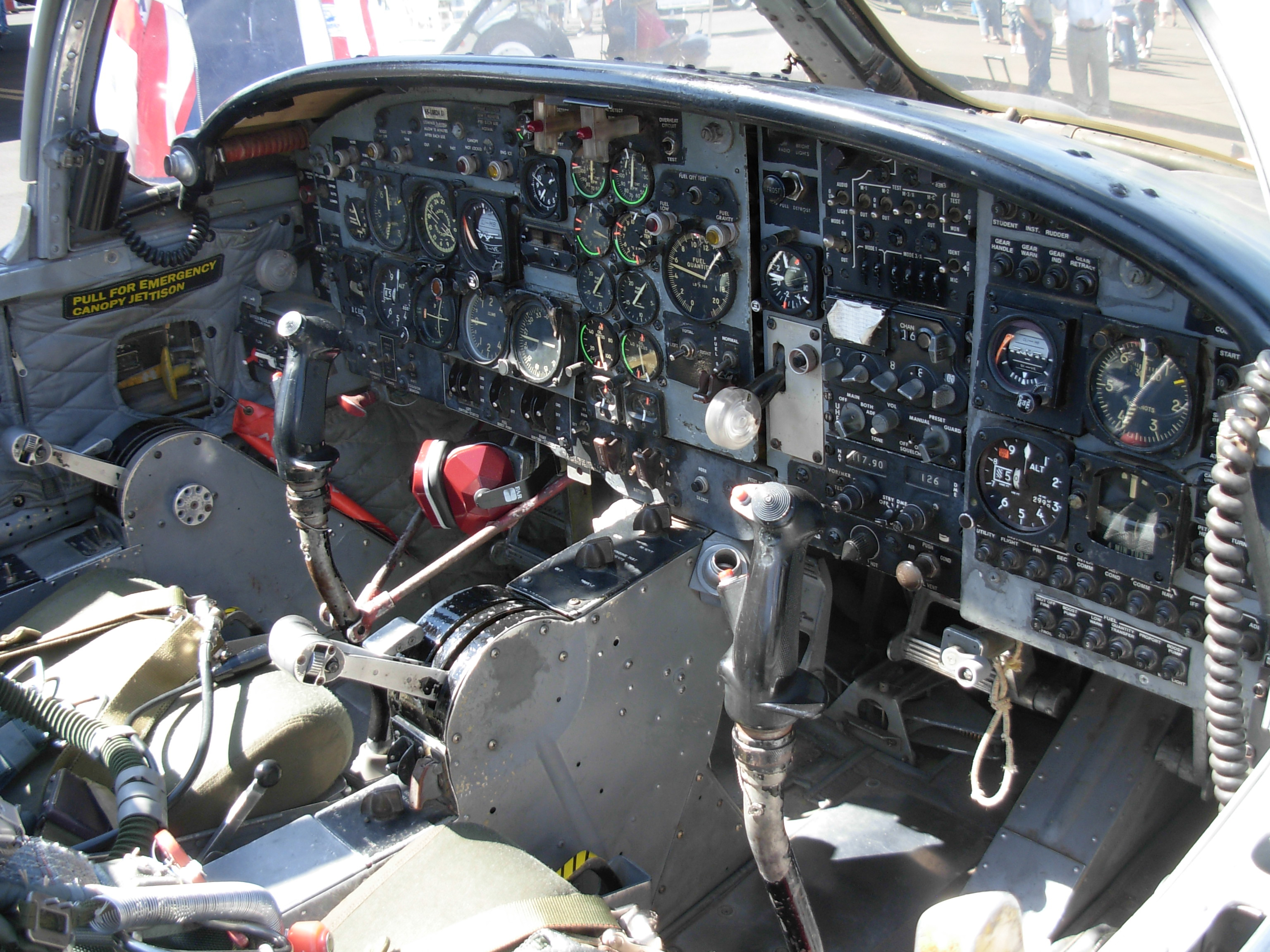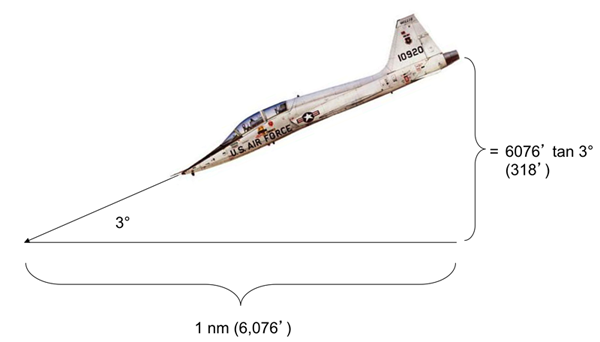One of the good things about becoming an instrument pilot in the T-37 is that you learned how to do everything without a flight director and with a shotgun instrument panel. (They shot a blank piece of sheet metal with a shotgun and wherever there was a hole they put in an instrument.) You learned to fly an ILS down to minimums with an airspeed indicator, altimeter, a vertical velocity indicator, and a very basic attitude indicator. When that's all you got, each becomes critical. Knowing where that VVI should be pointing could be the difference between spotting the rabbit at minimums or having to go around and divert.
— James Albright

Updated:
2015-12-06
Oh yes, after the T-37 there was the T-38. Now we had a flight director but we had to fly the approach at 160 knots. Things seem to get worse.
What's that you say? You've been shooting these approaches for years never looking at the VVI? Well, maybe. But start throwing that gizmo in your crosscheck and you will be surprised how much better life will become. (Trust me.)
All of this is hard-learned technique. (No references provided.)

1
The math
Height per Distance
T-38 Ground Example
We learned early in the T-38 that dividing our airspeed on final by two "kind of" gave us our VVI. We all knew that flying a final approach speed of 160 knots worked out to around 800 fpm VVI. But does the math back that up?
We need to standardized the units to make the math work. The equation for time is pretty easy:
The equation for VVI writes itself:
So the rule of thumb is backed up by the math, but strangely it didn't always work. After a few years of practice it became clear the reason was wind. Using ground speed instead of indicated speed fixed everything:

A 3 degree glide path descent rate in feet/minute is equal to one-half the ground speed in nm/hour, multiplied by ten.
2
Examples
Not many airplanes fly an approach at 160 knots, granted. So here are a few examples from my past:
- Boeing 747 — 140 knots, 10 knot headwind: [ (140 - 10) / 2 ] x 10 = 650 fpm
- Challenger 604 — 130 knots, 10 knot headwind: [ (130 - 10) / 2 ] x 10 = 600 fpm
- Gulfstream V — 115 knots, 5 knot headwind: [ (115 - 5) / 2 ] x 10 = 550 fpm
- T-37B — 110 knots, 10 knot headwind: [ (110 - 10) / 2 ] x 10 = 500 fpm
- Piper Arrow PA28 — 75 knots, 5 knot headwind: [ (75 - 5) / 2 ] x 10 = 350 fpm

